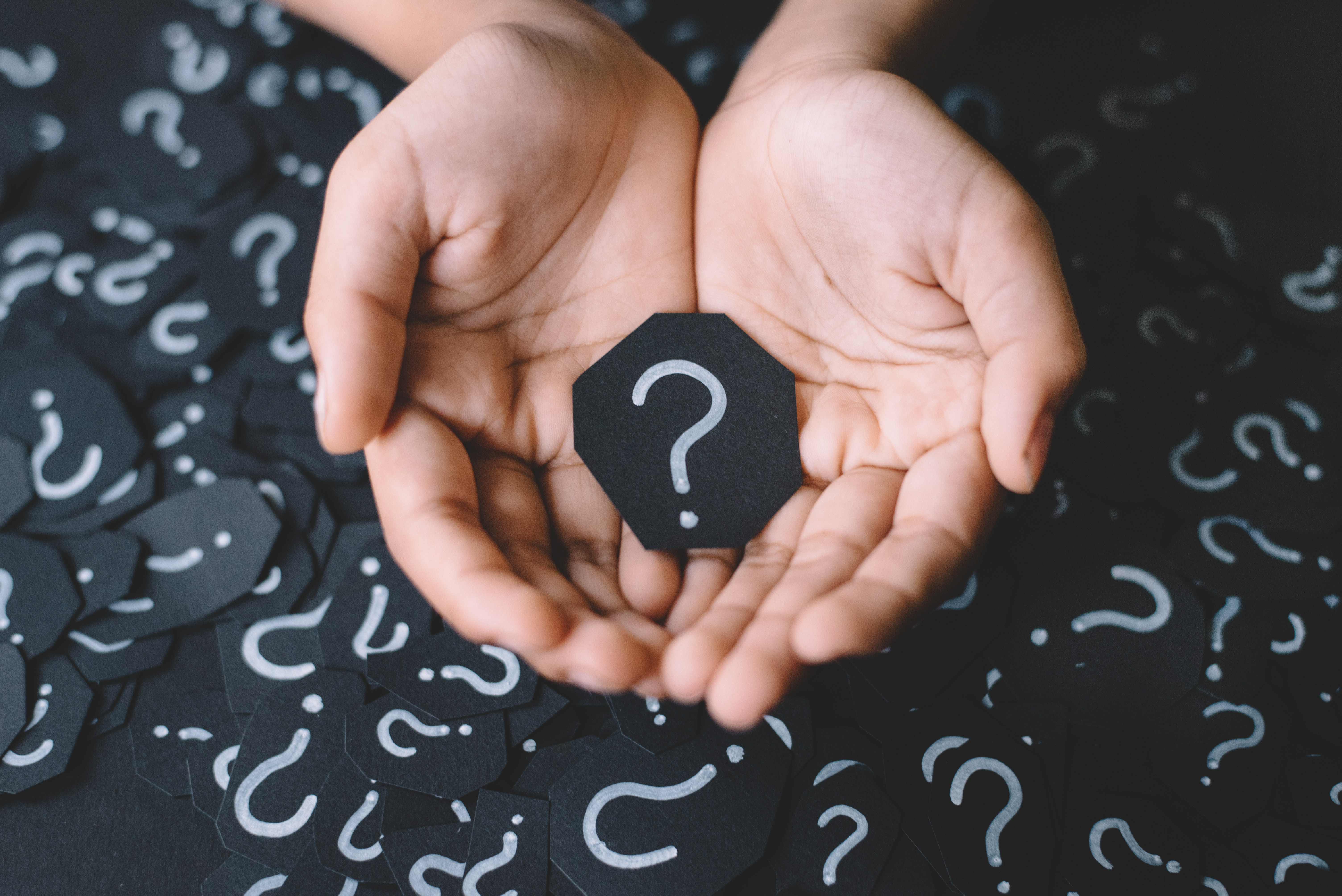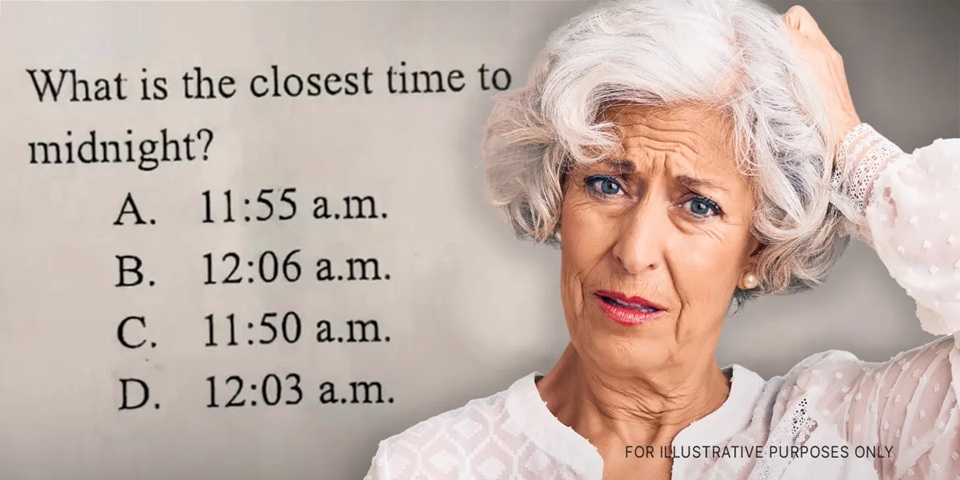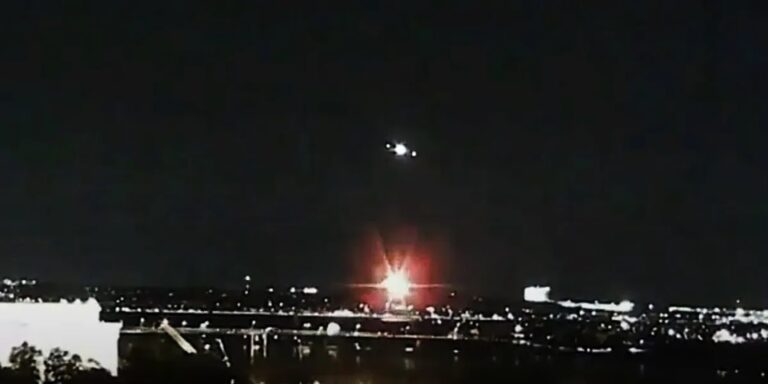Math Question for Kids Sparked Heated Debate – People Can’t Agree on the Right Answer
A puzzling math question intended for children has become a viral sensation, stirring a heated debate among thousands of people online. The tricky problem has left many perplexed, generating considerable buzz on social media as people struggle to decide between various answers.

Two hands holding a paper cut-out of the question mark sign | Source: Shutterstock
In recent years, the digital landscape has transformed into a playground for curious minds, where puzzles and brain teasers have taken center stage. Social media users eagerly engage in lively debates, exchange theories, and collaborate to crack the code, making the online world a vibrant hub of intellectual camaraderie.
As the trend continues to captivate, it underlines the internet’s power to unite people through shared challenges, transcending geographical boundaries and bringing together minds eager for mental stimulation and fun.

A young boy looking puzzled | Source: Shutterstock
In June 2023, an intriguing yet perplexing question captured the attention of one of the most popular social media platforms, challenging people’s intellect while making them recall the academic hurdles they experienced during their school years.
This interpretation clarified the confusion for many participants.

A man scratching his head | Source: Shutterstock
It echoed the style of brainteasers traditionally limited to classroom quizzes but had now become a focal point of a worldwide discussion. The best part was that the problem wasn’t as simple as it appeared at first glance.
The Question for Kids That Confused Adults
Social media users were transported back to their school days when a puzzling time-related question sparked widespread debate. @yawdmontweet, a user from Jamaica, posed the question that left him scratching his head: “What is the closest time to midnight?”
Additionally, the question’s phrasing encouraged creative thinking among participants.
The query, garnering over 1.4 million views, provided four options: A. 11:55 a.m., B. 12:06 a.m., C. 11:50 a.m., and D. 12:03 a.m. Many users seemed baffled, expressing various answers in the comments section.
Struggling to Find the Right Answer
The prevailing consensus leaned toward option “D.” This choice stood out because it was merely three minutes past midnight, making it the closest time to that specific point. The rationale behind this choice lay in considering that all options were moving forward or backward from the central point of midnight.
The question, framed as finding the “closest time to,” not the “closest time until,” suggested a different perspective on the progression of time. This interpretation clarified the confusion for many participants.
Additionally, the question’s phrasing encouraged creative thinking among participants. Instead of relying solely on logic, some considered the proximity of the written word “midnight” in the options. This alternative perspective led them to choose “A,” as it was typed closest to the word itself.
Individuals who selected the answer “A” might have been misled by the wording. Because the question referred to midnight, which is 12:00 a.m., the inclusion of 11:55 a.m. might have appeared deceptively close.
However, the proximity would only be accurate if it were 11:55 p.m. In reality, the answer, 12:06 a.m., was six minutes past midnight. This nuanced detail tripped up many participants, highlighting the subtle intricacies of the question.
Turning To AI for Help
Some individuals found a straightforward solution: consulting the artificial intelligence chatbot ChatGPT instead of putting their brains to work. According to ChatGPT’s explanation:
“The closest time to midnight would be D. 12:03 a.m.”
The Possibility of Two Valid Answers
The intense debate ignited by this seemingly straightforward math question has led some to argue that such tricky problems can deter young learners from embracing the subject. A commenter raised a valid point, suggesting two possible answers based on different interpretations:
“If you mean closest time to when it *will* be midnight next, the answer is A. In that context, it wouldn’t be midnight again with D for nearly 24 hrs. If you just mean raw minutes forward or back, the answer is D. Trick questions like these only make kids hate math.”
This observation highlighted the ambiguity of such puzzles, emphasizing how these nuances can evoke frustration and dislike for mathematics among students.
Which option did you choose: A, B, C, or D? Do you agree with the commenters who think this confusing question can have more than one correct answer?






